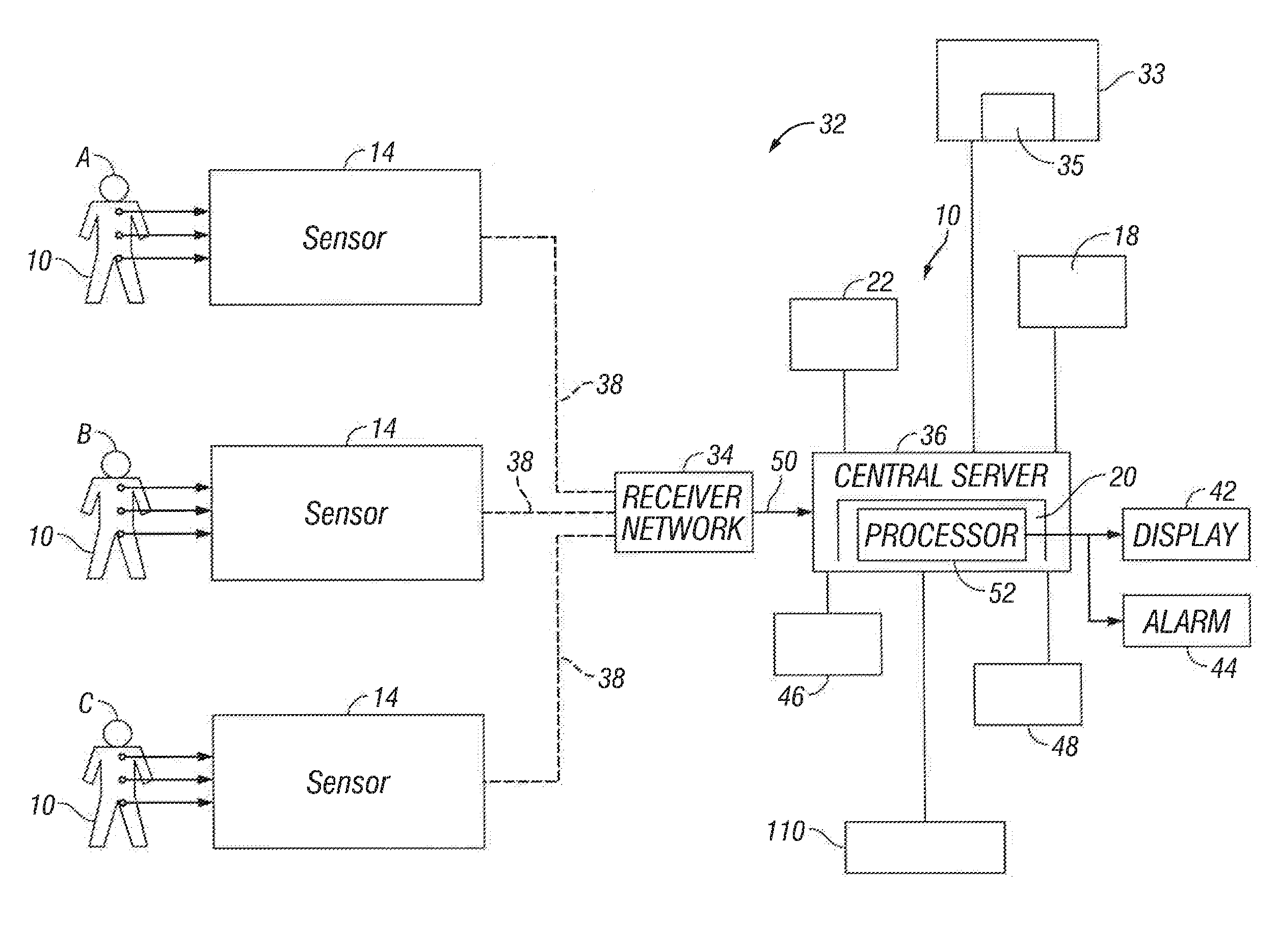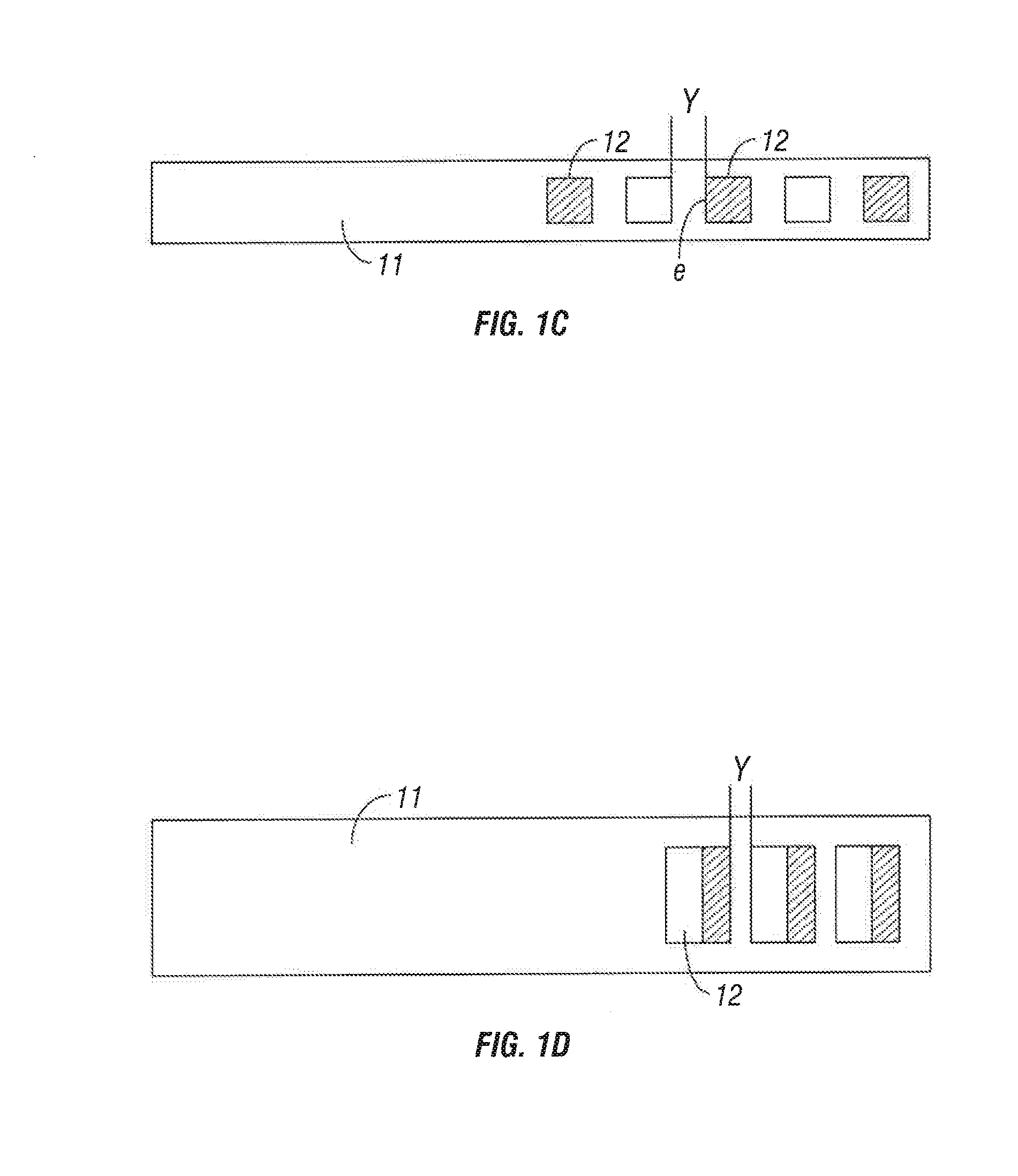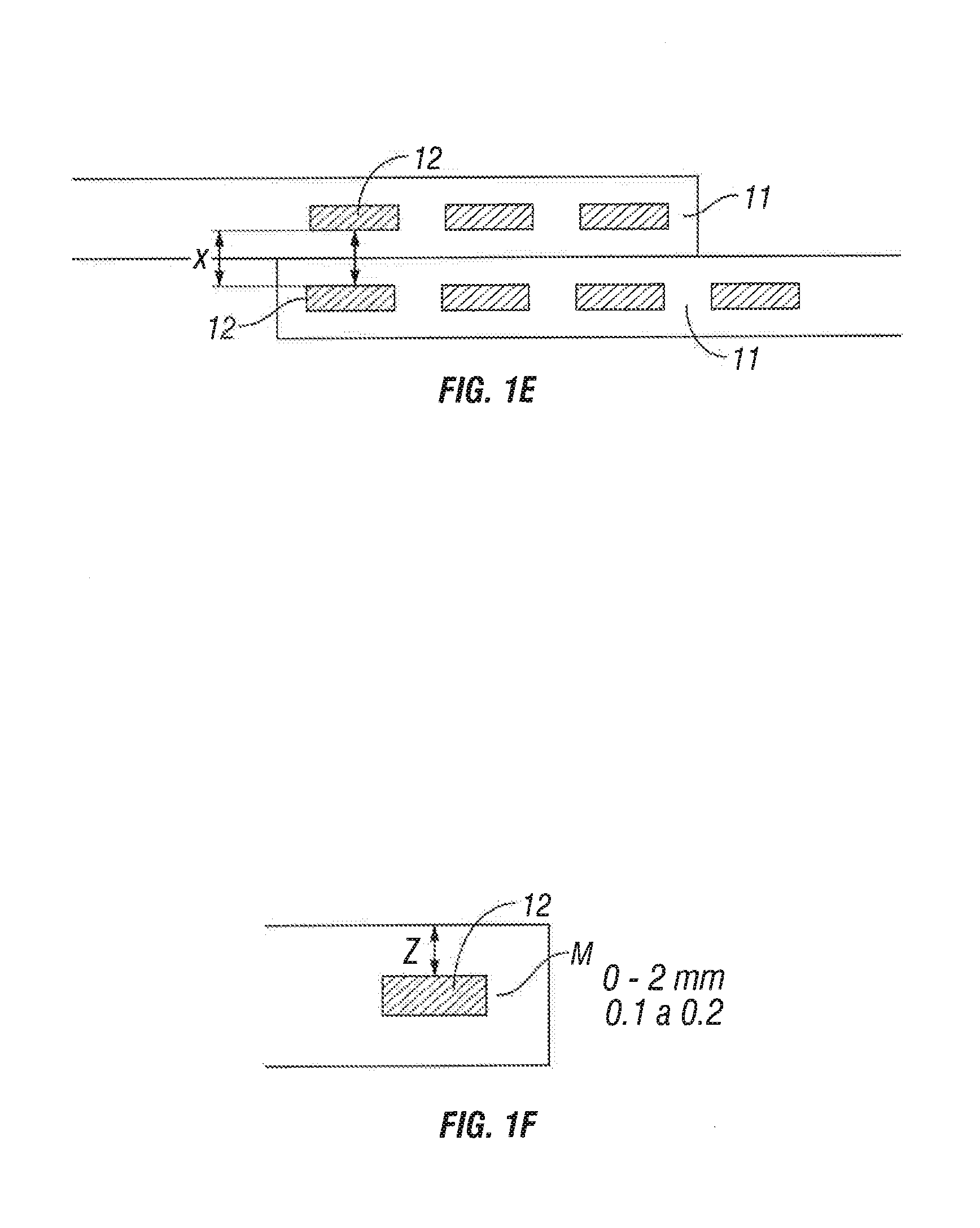Monitoring system and device with sensors that are responsive to skin pigmentation
a monitoring system and skin pigmentation technology, applied in the field of monitoring systems or devices, can solve the problems of poor eating habits, high stress levels, and complex key sequences and menu hierarchy, and achieve the effect of improving monitoring systems and devices
- Summary
- Abstract
- Description
- Claims
- Application Information
AI Technical Summary
Benefits of technology
Problems solved by technology
Method used
Image
Examples
example 2
Preparation of the Peroxidically Crosslinking Silicone Rubber
[0473]100 parts of a diorganopolysiloxane end-capped with trimethylsiloxy groups, consisting of 99.93 mol % of dimethylsiloxane units and 0.07 mol % of vinylmethylsiloxane units and having a viscosity of 8×106 mPa·s at 25° C., are mixed in a kneader operated at 150° C., first with 50 parts of silicone dioxide produced pyrogenically in the gas phase, having a surface area of 200 m2 / g, then with 1 part of dimethylpolysiloxane end-capped with trimethylsiloxy groups and having a viscosity of 96 mPa·s at 25° C., then with 7 parts of a dimethylpolysiloxane having an Si-bonded hydroxyl group in each terminal unit and having a viscosity of 40 mPa·s at 25° C., then again with 1 part of dimethylpolysiloxane end-capped with trimethylsiloxy groups and having a viscosity of 96 mPa·s at 25° C., and finally with 2.8 parts of a paste made of equal parts of bis(2,4-dichlorobenzoyl) peroxide and of a dimethylpolysiloxane end-capped with tri...
example 3
Preparation of the Addition-crosslinking silicone rubber Preparation of Component A
[0475]75 parts of a diorganopolysiloxane end-capped with trimethylsiloxy groups and consisting of 99.7 mol % of dimethylsiloxane units and 0.3 mol % of vinylmethylsiloxane units having a viscosity of 8×106 mPa·s at 25° C., and 25 parts of a diorganopolysiloxane end-capped with trimethylsiloxy groups, consisting of 99.4 mol % of dimethylsiloxane units and 0.6 mol % vinylmethylsiloxane units having a viscosity of 8×106 mPa·s at 25° C., are mixed in a kneader operated at 150° C. with 45 parts of silicone dioxide produced pyrogenically in the gas phase having a BET surface area of 300 m2 / g, and 7 parts of a dimethylpolysiloxane having a Si-bonded hydroxyl group in each terminal unit, having a viscosity of 40 mPa·s at 25° C., and kneaded for 2 hours.
[0476]0.19 g of a platinum catalyst, composed of 97 parts by weight of a polydimethylsiloxane and 3 parts by weight of a platinum-divinyltetramethyldisiloxane ...
example 1
[0495]100 Parts of a dimethylpolysiloxane that was capped at both ends of the molecular chain with dimethylvinylsiloxy groups and that had a viscosity of 2000 mPa·s and 10 parts of fumed silica that had been treated with hexamethyldisilazane and had a BET specific surface area of 130 m2 / g were put into a Ross mixer and mixed until uniform to prepare a compound that had fluidity. Next, 5 weight parts of a thermoplastic resin hollow-particle powder enclosing isobutane on the inside (this hollow-particle powder had a particle diameter between 10 and 16 μm, and its expansion commencement temperature was between 120 and 128° C.; this powder is commercially available under the brand name “Expancell 091 DU” from Expancell) was added and mixed until uniform. This mixture was heated treated at a temperature of 170° C. to prepare a liquid silicone rubber base compound that had fluidity. To this liquid silicone rubber base compound were then added 2 parts of a copolymer of dimethylsiloxane and...
PUM
 Login to View More
Login to View More Abstract
Description
Claims
Application Information
 Login to View More
Login to View More - R&D
- Intellectual Property
- Life Sciences
- Materials
- Tech Scout
- Unparalleled Data Quality
- Higher Quality Content
- 60% Fewer Hallucinations
Browse by: Latest US Patents, China's latest patents, Technical Efficacy Thesaurus, Application Domain, Technology Topic, Popular Technical Reports.
© 2025 PatSnap. All rights reserved.Legal|Privacy policy|Modern Slavery Act Transparency Statement|Sitemap|About US| Contact US: help@patsnap.com



